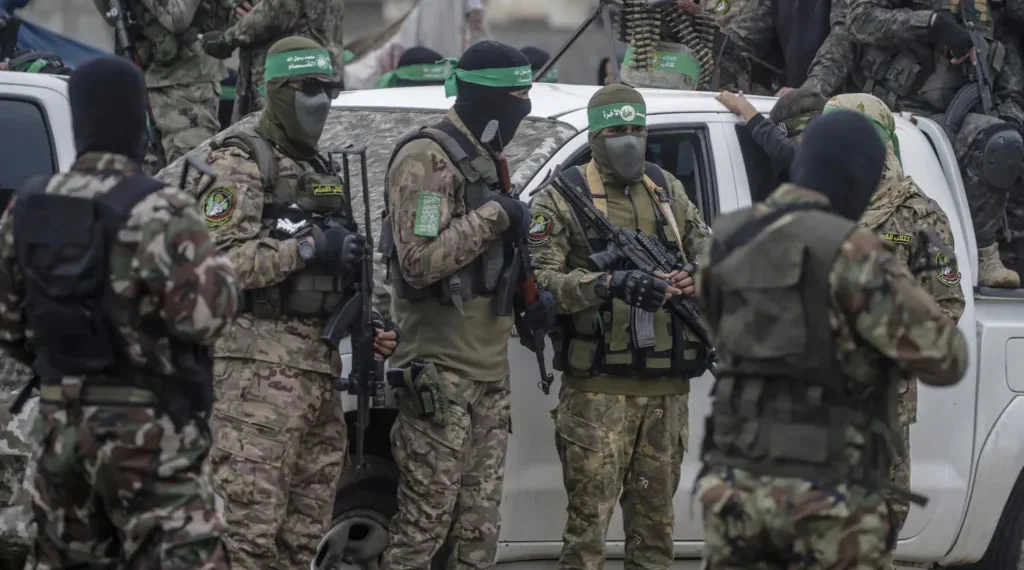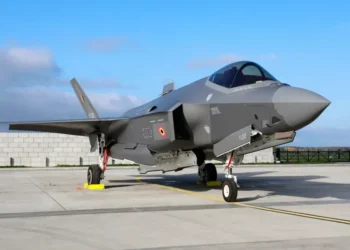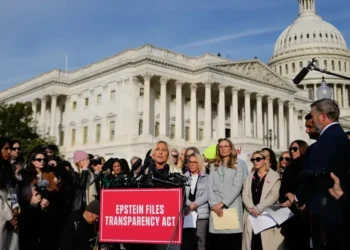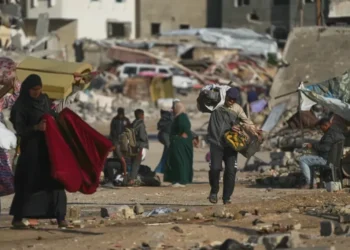How Hamas Secretly Funds Salaries Amid Gaza’s War and Economic Collapse
Published Time: August 7, 2025, 14:00 (U.S. Eastern Time)
Amid intense military conflict and humanitarian crisis in Gaza, Hamas has managed to sustain a covert financial network that continues to pay tens of thousands of civil servants. Despite the destruction of much of its infrastructure, the group reportedly distributes $7 million in salaries every 10 weeks using a highly secretive and dangerous system.
Hamas Continues Salary Payments in Wartime Gaza
According to interviews conducted by the BBC, at least 30,000 employees working under the Hamas-led government continue to receive partial salaries—even as Gaza suffers from extreme shortages of food, medicine, and cash.
Employees are typically paid just 20% of their pre-war wages—roughly $300 every 10 weeks. These payments, while meager, come through a system that involves encrypted messages, covert handoffs in public areas, and high personal risk.
One employee from the Hamas Ministry of Religious Affairs shared how he says goodbye to his family before picking up his salary, fearing he might not return. “On several occasions, Israeli strikes have hit salary distribution points,” he told the BBC. “I survived one that targeted a busy market in Gaza City.”
A Covert Network of Encrypted Messages and Discreet Handovers
With Gaza’s banking system non-functional due to war and Israeli restrictions, salaries are distributed through a clandestine network. Employees receive coded messages on personal phones—often using phrases like “meet a friend for tea”—that instruct them on when and where to retrieve their pay.
At the appointed time and place, an unidentified individual discreetly hands over a sealed envelope of cash before disappearing. Occasionally, the notes are so worn and damaged that only a portion is usable in the local market.
Alaa, a schoolteacher supporting a family of six, described the condition of the money he received. “Only 200 shekels out of 1,000 were in good enough condition to spend. The rest were practically useless,” he said.
Gaza’s Economic Collapse and Soaring Prices
Gaza’s economy has been pushed to the brink. According to aid groups and the United Nations, severe restrictions on food and humanitarian aid have led to acute malnutrition. A kilogram of flour has reached record highs, reportedly selling for up to $80—a price out of reach for most families.
With wages insufficient and food scarce, many residents are turning to aid distribution points, which themselves are overwhelmed and under-resourced. Even Hamas-affiliated workers say they rely on food handouts to survive.
How Is Hamas Funding Salaries?
Despite the collapse of much of its administrative and financial apparatus, Hamas appears to have maintained enough cash reserves to keep its internal payroll running.
A senior Hamas insider told the BBC that prior to the October 7, 2023 attack on Israel—which triggered the current Israeli military campaign—the group had stockpiled roughly $700 million in cash and hundreds of millions of shekels in underground tunnels. These stockpiles were allegedly overseen by Hamas leader Yahya Sinwar and his brother Mohammed, both of whom have since been killed in Israeli strikes.
The Israeli military has targeted Hamas’s financial leadership, including a March 2024 strike that reportedly killed Ismail Barhoum, Hamas’s head of finances. Barhoum was accused of channeling funds to the group’s military wing.
Diversified Funding Streams: Taxes, Foreign Support, and the Black Market
Hamas historically raised funds through multiple sources:
- Import Duties and Taxes: Hamas imposes heavy taxes on goods entering Gaza.
- Foreign Funding: The group has received millions of dollars from countries like Qatar, as well as support from Iran and affiliates of the Muslim Brotherhood.
- Black Market Sales: During the war, Hamas began selling cigarettes at inflated prices—up to $170 per box, compared to the pre-war cost of $5.
These efforts have helped Hamas maintain operations, but have also stoked growing public resentment.
Favoritism in Aid Distribution Sparks Anger
Beyond cash payments, Hamas distributes food parcels to members and their families. These distributions are reportedly coordinated by local emergency committees, whose leadership rotates to avoid Israeli targeting.
However, residents accuse Hamas of distributing aid selectively—benefiting its loyalists while leaving others to suffer.
Nisreen Khaled, a widow caring for three children, shared her frustration. “When the hunger worsened, my children were crying not only from pain but also from watching our Hamas-affiliated neighbors receive food parcels and sacks of flour,” she told the BBC. “Why didn’t they secure food, water, and medicine before launching their 7 October adventure?”
BBC sources in Gaza confirm that significant quantities of international aid were seized by Hamas during a brief ceasefire earlier this year—allegations the group denies.
Public Support Wanes as Resentment Grows
Although Hamas still maintains a degree of control over Gaza, public trust appears to be eroding. Many Gazans, including civil servants working for the group, have expressed frustration over the limited salaries, dangerous payment processes, and lack of access to basic humanitarian supplies.
At a time when Gaza’s civilian population is facing unprecedented hardship, the continuation of Hamas’s financial system raises questions about how the group prioritizes its resources—and its people.
This article was rewritten by JournosNews.com based on verified reporting from trusted sources. The content has been independently reviewed, fact-checked, and edited for accuracy, neutrality, tone, and global readability in accordance with Google News and AdSense standards.
All opinions, quotes, or statements from contributors, experts, or sourced organizations do not necessarily reflect the views of JournosNews.com. JournosNews.com maintains full editorial independence from any external funders, sponsors, or organizations.
Stay informed with JournosNews.com — your trusted source for verified global reporting and in-depth analysis. Follow us on Google News, BlueSky, and X for real-time updates.













